In northern Botswana, the term fish trap is used to describe a section of the Okavango River (or one of the many channels that flow from it and make up the delta) that becomes separated from the permanent channel supplying it with water. When this happens, fish can’t escape and become concentrated in shrinking channels and lagoons. As a result, a glut of easy pickings attracts large feeding parties of different bird species.
When the level of the Okavango River is at its highest, hun-dreds of square kilometres of floodplain are shallowly inundated. Sunshine stimulates the growth of aquatic vegetation, enabling fish to find shelter among the plants and in the deeper pools or depressions. In a typical season, fish numbers flourish from April to September, with the highest water level occurring in June. The phenomenon of fish traps is most likely to occur from September to January when increased day length and rising temperatures combine to reduce the water level. From December local rains may partially replenish the system.
At some point the water becomes so shallow that the fish are very noticeable and vulnerable to piscivorous birds on the hunt. About 400 bird species occur in the Okavango Delta and those that may attend a fish trap include egrets, storks and herons, bitterns, spoonbills, African Fish Eagles, kites, kingfishers, terns, harriers, Hamerkops, skimmers, stilts and ibises. The size of the fish, the water depth and the structure and quantity of the vegetation seem to determine which birds can benefit and will show up. Other predators, notably Nile crocodiles, may also be present in fish traps and this may influence how far the birds are prepared to venture into the water to catch their prey.
This story is from the May/June 2021 edition of African Birdlife.
Start your 7-day Magzter GOLD free trial to access thousands of curated premium stories, and 8,500+ magazines and newspapers.
Already a subscriber ? Sign In
This story is from the May/June 2021 edition of African Birdlife.
Start your 7-day Magzter GOLD free trial to access thousands of curated premium stories, and 8,500+ magazines and newspapers.
Already a subscriber? Sign In

EXPLORING NEW HORIZONS
Keith Barnes, co-author of the new Field Guide to Birds of Greater Southern Africa, chats about the long-neglected birding regions just north of the Kunene and Zambezi, getting back to watching birds and the vulture that changed his life.

footloose IN FYNBOS
The Walker Bay Diversity Trail is a leisurely hike with a multitude of flowers, feathers and flavours along the way.
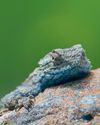
Living forwards
How photographing birds helps me face adversity
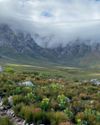
CAPE crusade
The Cape Bird Club/City of Cape Town Birding Big Year Challenge
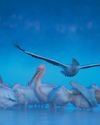
water & WINGS
WATER IS LIFE. As wildlife photographer Greg du Toit knows better than most.
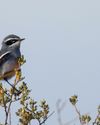
winter wanderer
as summer becomes a memory in the south, the skies are a little quieter as the migrants have returned to the warming north. But one bird endemic to the southern African region takes its own little winter journey.
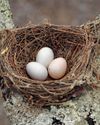
when perfect isn't enough
Egg signatures and forgeries in the cuckoo-drongo arms race
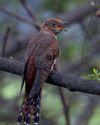
Southern SIGHTINGS
The late summer period naturally started quietening down after the midsummer excitement, but there were still some classy rarities on offer for birders all over the subregion. As always, none of the records included here have been adjudicated by any of the subregion's Rarities Committees.
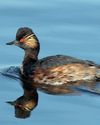
flood impact on wetland birds
One of the features of a warming planet is increasingly erratic rainfall; years of drought followed by devastating floods. Fortunately, many waterbirds are pre-adapted to cope with such extremes, especially in southern Africa where they have evolved to exploit episodic rainfall events in semi-arid and arid regions. But how do waterbirds respond to floods in areas where rainfall - and access to water - is more predictable? Peter Ryan explores the consequences of recent floods on the birds of the Western Cape's Olifants River valley.
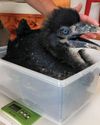
a star is born
It’s every producer’s dream to plan a wildlife television series and pick the right characters before filming.